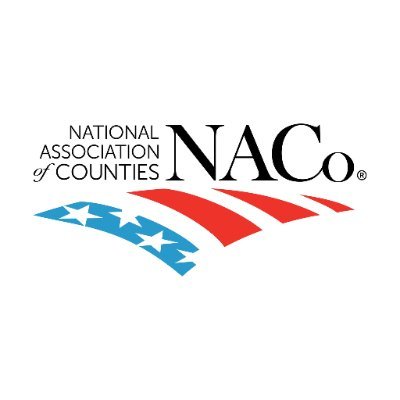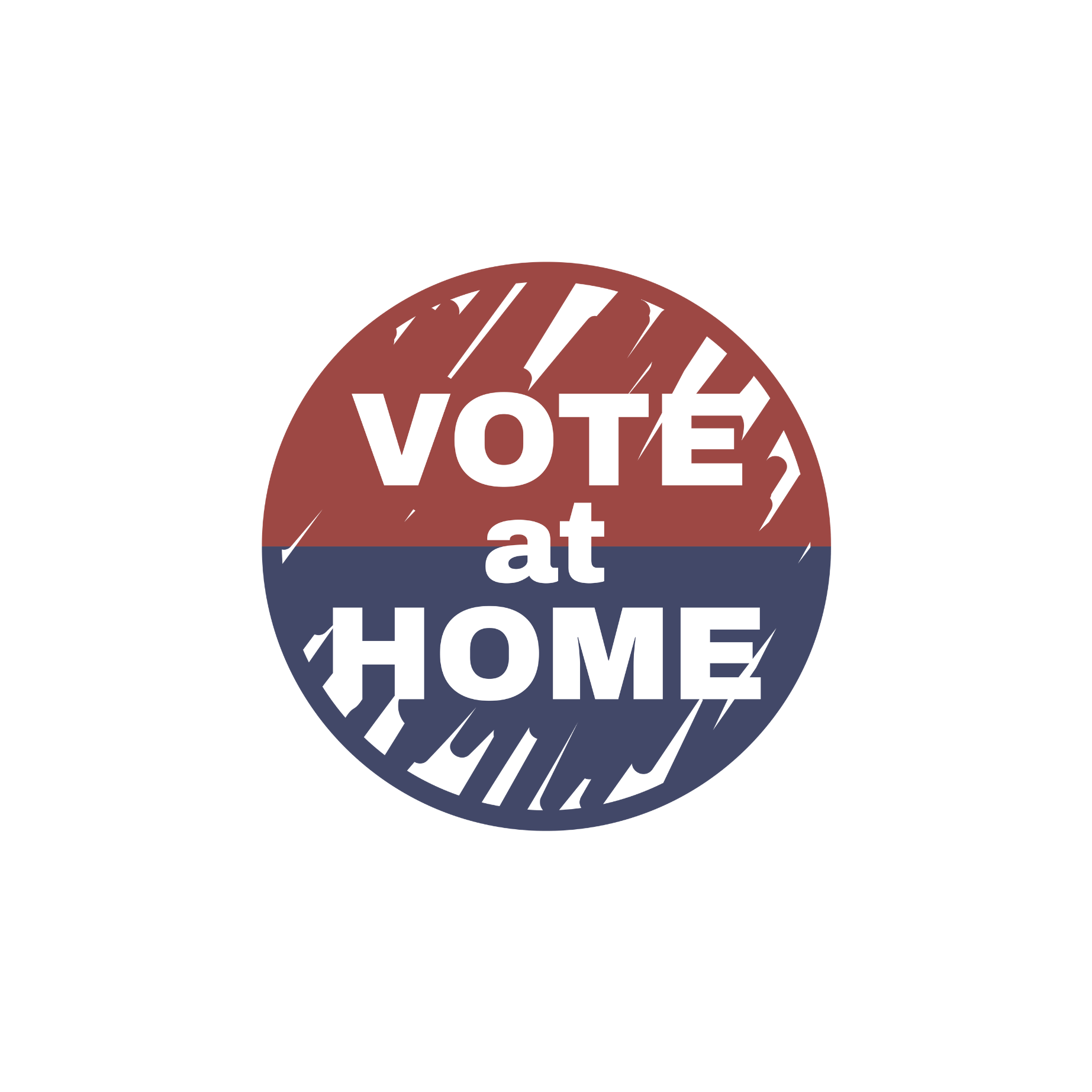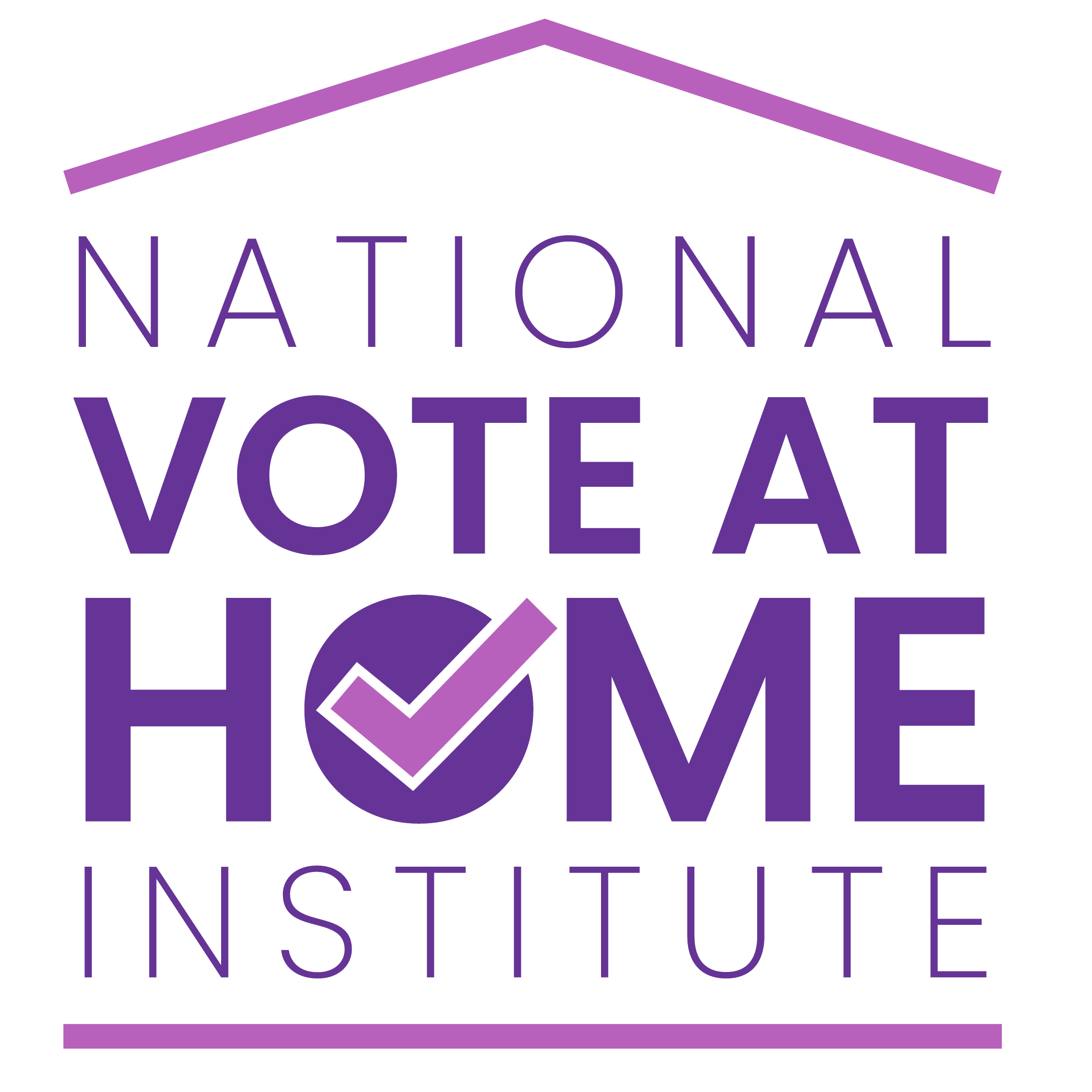THE NATION — Is it Groundhog Day? Because the president is still repeating the same tired lies about mail-in ballots that he’s been pushing for nearly a decade. These claims have been investigated, litigated, and debunked—sometimes by his own allies—yet they keep returning because they serve a purpose: to sow doubt, decrease confidence, and weaken democracy.
Many have already zeroed in on the president’s utter lack of legal authority to restrict, much less eliminate, states’ use of mail ballots. Even Congress’s authority, under Article I Section 4 of the US Constitution, is severely limited.
But just as important is the complete and utter inaccuracy of every one of his accusations. Here’s the facts to counter the lies about mail ballots, whether you think of them as absentee voting, vote by mail, or vote at home.




